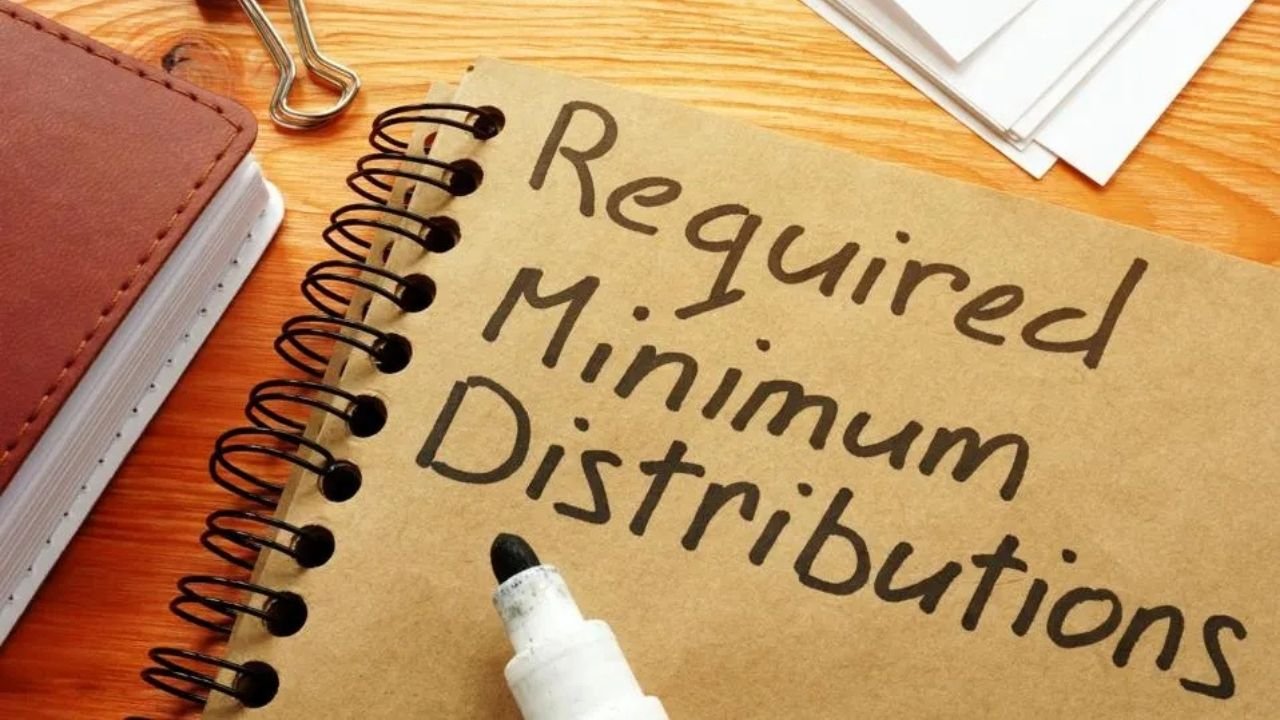The Secure 2.0 Act, signed into regulation in past due 2022, delivered good sized adjustments to retirement making plans rules within the United States — specially regarding Required Minimum Distributions (RMDs). These updates, which maintain to section in via 2025 and past, are designed to offer retirees extra flexibility and time before being required to withdraw from their retirement accounts. Understanding these changes is crucial for absolutely everyone drawing near retirement or already taking distributions.
What Are Required Minimum Distributions (RMDs)?
RMDs are the minimum amounts retirees have to withdraw each year from tax-deferred retirement money owed after they attain a certain age.
- Accounts situation to RMDs: Traditional IRAs, SEP IRAs, SIMPLE IRAs, 401(k)s, 403(b)s, and different company-sponsored plans.
- Accounts no longer challenge to RMDs: Roth IRAs (at some point of the owner’s lifetime), although inherited Roth IRAs might also require distributions.
The IRS calculates RMDs the use of the retiree’s age and account balance. Skipping withdrawals or taking too little can cause steep penalties.
RMD Rules Before Secure 2.0
- Starting Age: Prior to 2020, RMDs started out at age 70½.
- The Secure Act of 2019: Raised the beginning age to 72.
- Penalties: Failure to take an RMD resulted in a 50% excise tax on the amount no longer withdrawn.
These rules frequently pressured retirees to draw down money owed earlier than preferred, potentially main to better taxes and reduced flexibility.
RMD Changes Under Secure 2.0
The Secure 2.0 Act delivered several fundamental changes:
1. Higher Starting Age
- 2023: RMDs began at age 73.
- 2033 and past: RMDs will begin at age 75.
- This permits retirees to preserve money developing tax-deferred for longer, reaping rewards individuals who don’t need immediately withdrawals for living costs.
2. Reduced Penalties
- The penalty for failing to take an RMD dropped from 50% to 25%.
- If corrected in a timely manner, the penalty may be in addition decreased to 10%.
- This exchange provides relief for retirees who make honest mistakes.
3. Roth Employer Plans
- Starting in 2024, RMDs are no longer required for Roth 401(k) and Roth 403(b) debts during the account holder’s lifetime, aligning them with Roth IRAs.
4. Qualified Charitable Distributions (QCDs) Expanded
- QCDs permit retirees age 70½ or older to switch as much as $100,000 yearly immediately from IRAs to charities, pleasant RMD requirements while heading off taxable income.
- Secure 2.0 introduced a new provision allowing a one-time $50,000 QCD to positive charitable trusts or annuities.
5. Other Technical Adjustments
- Rules for surviving spouses inheriting retirement accounts have become greater bendy.
- Employer plans are advocated to provide less complicated get right of entry to to RMD guidance.
Impact of Changes on Retirees
Greater Flexibility in Retirement Planning
By delaying RMDs to 73 (and finally 75), retirees have more time to:
- Continue tax-deferred growth.
- Convert portions of traditional IRAs to Roth IRAs at favorable tax rates.
- Manage Social Security claiming strategies without simultaneous RMD income.
Tax Planning Opportunities
- Retirees in lower tax brackets before RMD age can use this window to carry out Roth conversions or take strategic withdrawals at lower costs.
Relief from Harsh Penalties
- The reduced penalty provides peace of mind, especially for retirees juggling multiple accounts or complicated withdrawal schedules.
Who Benefits Most from the Changes?
- Wealthier Retirees: Those who don’t rely on retirement accounts for income benefit more flexibility to optimize taxes and property planning.
- Charitably Inclined Seniors: Expanded QCD alternatives permit retirees to help reasons they care about even as decreasing taxable income.
- Dual-Income Households: Couples can coordinate withdrawals to minimize joint tax burdens.
Potential Drawbacks
- Higher Future Taxes: Delaying withdrawals might also push retirees into better tax brackets later if big balances must be withdrawn abruptly.
- Medicare Premium Increases: Larger distributions at older a long time should cause higher Medicare Part B and D rates (Income-Related Monthly Adjustment Amounts, or IRMAA).
- Estate Planning Complexity: Larger untapped bills could create larger tax burdens for heirs under the 10-year distribution rule for inherited IRAs.
FAQ’s
What occurs if I leave out my RMD?
The penalty is now 25% of the amount now not withdrawn, decreased to 10% if corrected directly.
Do Roth IRAs or Roth 401(ok)s require RMDs?
Roth IRAs never required RMDs. Starting in 2024, Roth 401(okay)s and Roth 403(b)s additionally now not require RMDs all through the account holder’s lifetime.
Can charitable donations count towards RMDs?
Yes. Qualified Charitable Distributions (QCDs) allow IRA holders to donate directly to charities, fulfilling RMD necessities with out incurring taxable income.

